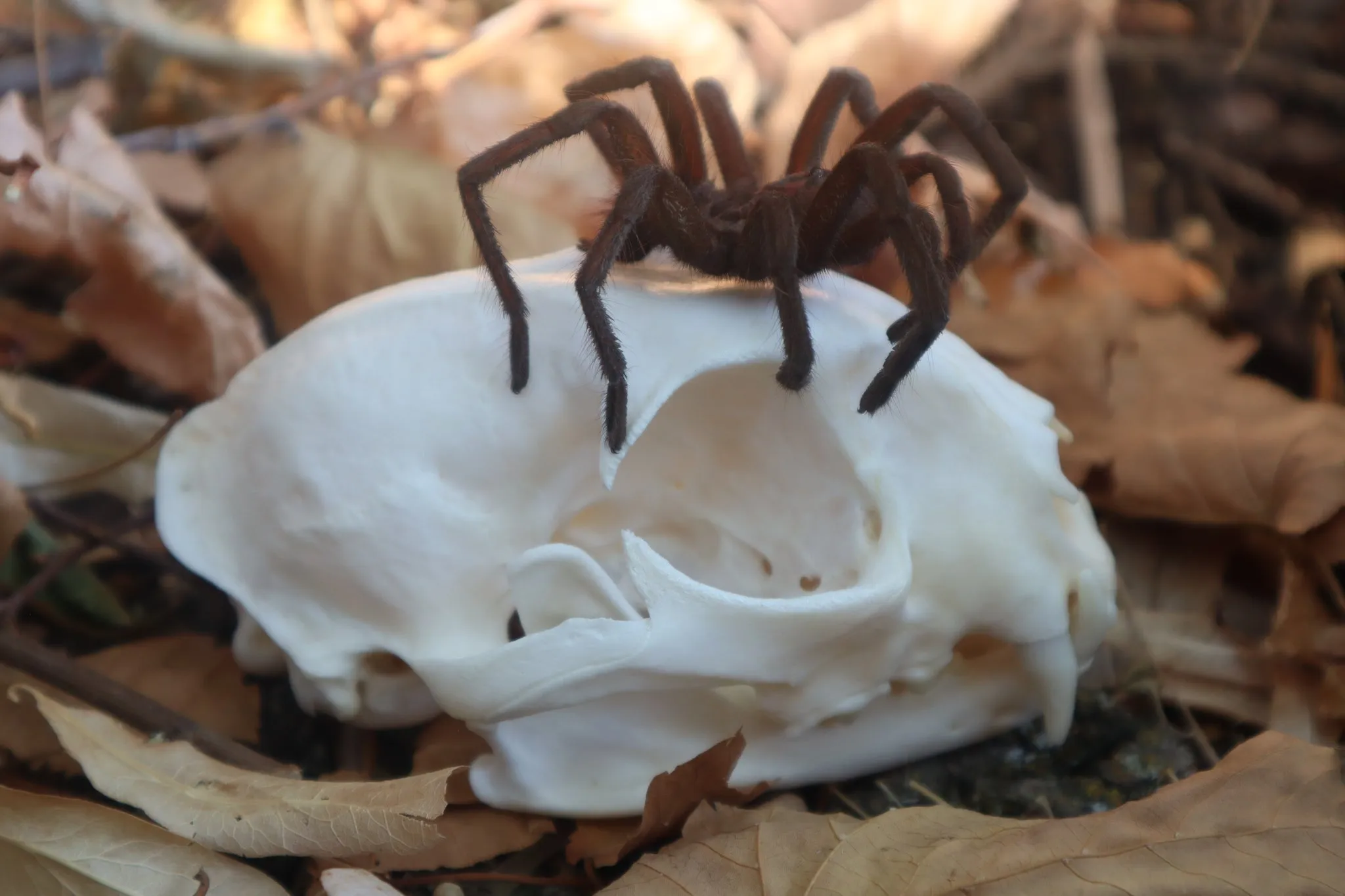Understanding the Brazilian Pink Bloom Tarantula
The Brazilian Pink Bloom Tarantula, scientifically known as Lasiodora parahybana, is a captivating and impressive arachnid that has become a popular choice among tarantula enthusiasts. Known for its striking coloration and relatively docile temperament, this species offers a rewarding experience for both novice and experienced keepers. This comprehensive care guide delves into every aspect of owning and caring for a Brazilian Pink Bloom Tarantula, providing essential information to ensure your tarantula thrives. From understanding its natural habitat to setting up its enclosure and providing proper nutrition, this guide will equip you with the knowledge needed to provide a healthy and fulfilling life for your exotic pet.
Appearance and Characteristics
The Brazilian Pink Bloom Tarantula is a large, robust spider, known for its impressive size and attractive coloration. Adults can reach a leg span of up to 10 inches, making them one of the largest tarantula species. Their bodies are covered in a dense coat of hairs, ranging in color from a dark brown to black. The defining feature of this species is the pinkish hue that often appears on the legs and around the carapace, hence the common name “Pink Bloom.” This coloration can vary depending on the individual tarantula and its molting cycle. The chelicerae, or mouthparts, are strong and used for grasping and injecting venom into prey.
Size and Lifespan
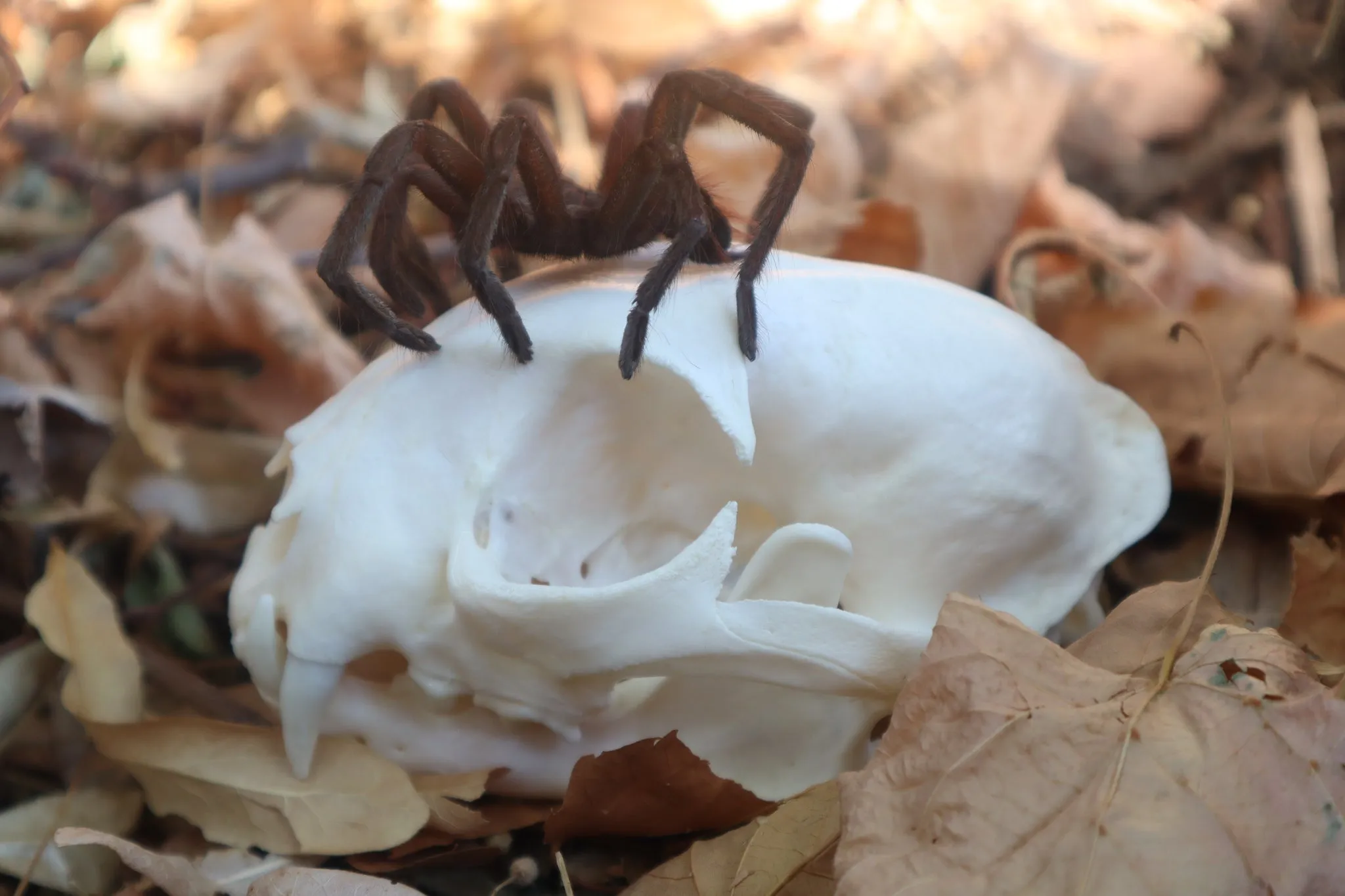
As mentioned earlier, these tarantulas are quite large. Males typically reach a slightly smaller size than females. The lifespan of a Brazilian Pink Bloom Tarantula varies depending on sex and care. Females can live for 15 to 20 years, while males generally have a shorter lifespan, living for about 3 to 5 years after reaching maturity. Proper care, including a suitable environment, appropriate diet, and regular maintenance, is crucial for maximizing your tarantula’s lifespan and ensuring its overall well-being. Providing a spacious enclosure and a balanced diet will help it thrive.
Natural Habitat and Distribution
Native to the rainforests of Brazil, the Brazilian Pink Bloom Tarantula is well-adapted to a warm, humid environment. They are terrestrial spiders, meaning they spend most of their time on the ground. In their natural habitat, they burrow in the soil or utilize existing crevices to create a safe haven. They are opportunistic hunters, feeding on insects, small invertebrates, and occasionally, small vertebrates. Understanding their natural habitat is crucial for replicating the conditions in captivity to ensure their health and happiness. The ideal environment will mimic the warm, humid conditions of their native Brazil.
Setting Up Your Tarantula’s Enclosure
Creating a suitable enclosure is one of the most important aspects of caring for a Brazilian Pink Bloom Tarantula. The enclosure should provide adequate space for the tarantula to move around, a secure environment, and the appropriate temperature and humidity levels. The size of the enclosure will depend on the size of your tarantula, with larger individuals requiring more space. The enclosure should also be well-ventilated to prevent the buildup of harmful bacteria and mold.
Choosing the Right Enclosure
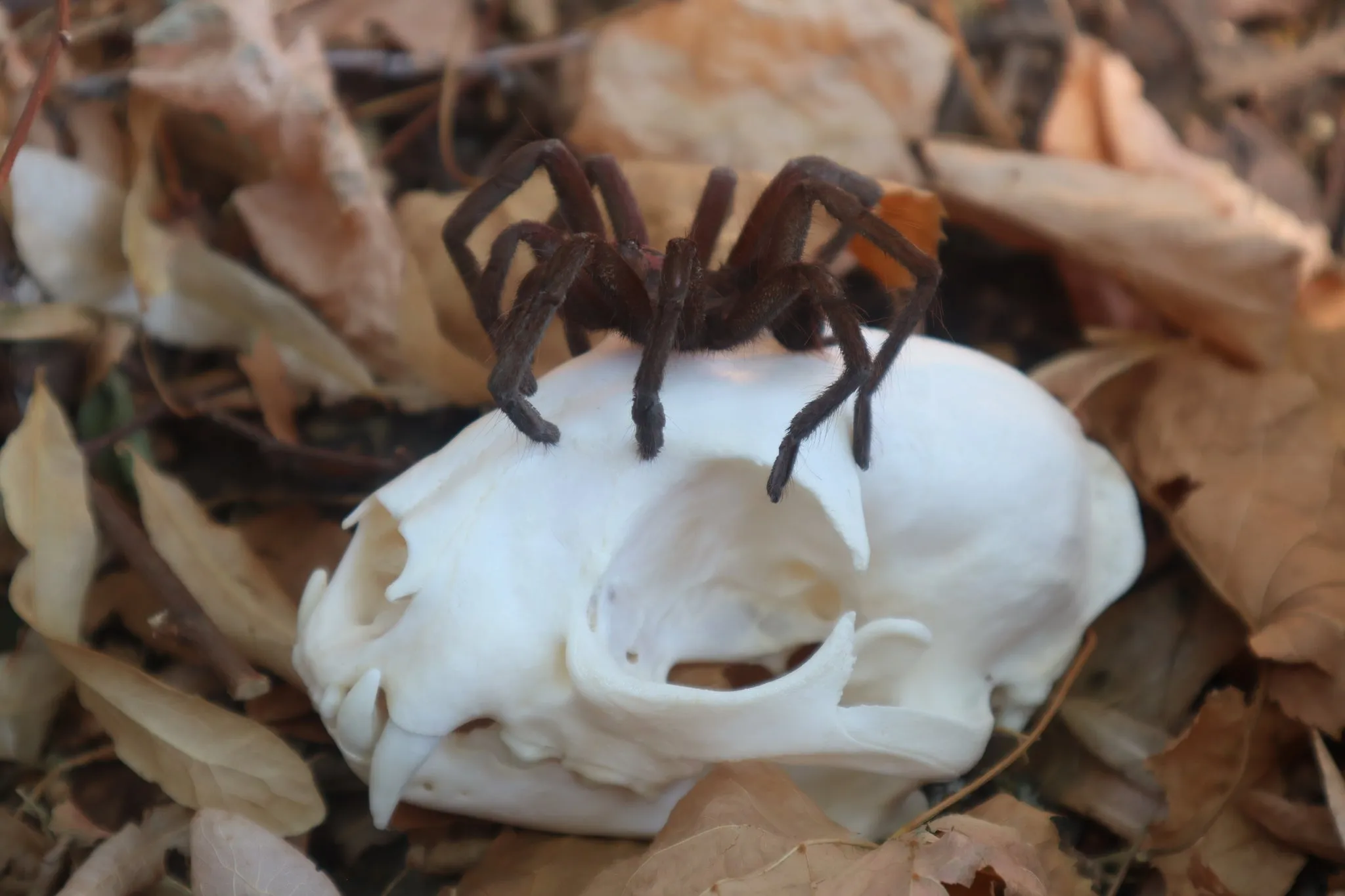
For a juvenile Brazilian Pink Bloom Tarantula, a 10-gallon terrarium or a similar sized plastic container is usually sufficient. As the tarantula grows, you will need to upgrade to a larger enclosure. A 20-gallon long tank is often suitable for adult females. Ensure the enclosure has a secure lid to prevent escape. The lid should also allow for proper ventilation. Avoid enclosures with screens on the top, as they can be difficult to maintain humidity in. Glass or acrylic enclosures are both good choices, offering clear visibility of your tarantula.
Substrate and Decor
The substrate, or bedding, in the enclosure plays a crucial role in maintaining humidity and providing a natural environment for your tarantula. A good substrate for a Brazilian Pink Bloom Tarantula consists of a mixture of coconut fiber, peat moss, and a bit of vermiculite. This combination retains moisture well and allows the tarantula to burrow if it chooses. The substrate should be deep enough, ideally 4 to 6 inches, to allow for burrowing. Add some decorations, such as cork bark, artificial plants, or sturdy hides, to provide your tarantula with places to hide and feel secure. Ensure all decorations are non-toxic and free of sharp edges that could injure your tarantula.
Temperature and Humidity Control
Maintaining the correct temperature and humidity levels is crucial for the health of your Brazilian Pink Bloom Tarantula. The ideal temperature range is between 75°F and 85°F (24°C and 29°C). You can use a heat lamp or a heat mat placed on the side of the enclosure to maintain the desired temperature. Avoid placing the heat source directly under the enclosure, as this can cause the substrate to dry out quickly. Humidity levels should be maintained between 60% and 70%. You can monitor the humidity using a hygrometer. Mist the enclosure with a spray bottle once or twice a week to maintain the proper humidity. Ensure proper ventilation to prevent mold growth.
Feeding Your Brazilian Pink Bloom Tarantula
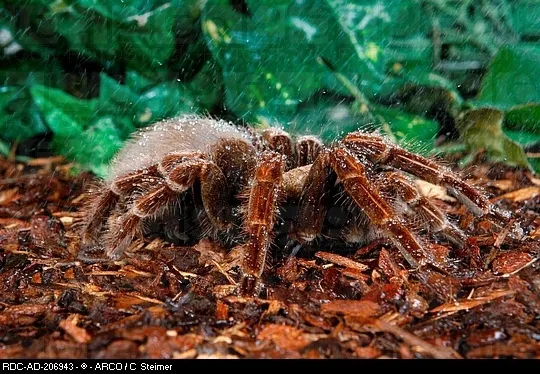
Providing a proper diet is essential for the health and growth of your Brazilian Pink Bloom Tarantula. Tarantulas are carnivores and primarily feed on insects. It’s important to offer a variety of prey items to ensure they receive the necessary nutrients. Regularly providing a balanced diet, monitoring their feeding habits, and adjusting your approach as needed will contribute significantly to your tarantula’s well-being and longevity. Always ensure the prey items are free from pesticides and other harmful chemicals.
What to Feed Your Tarantula
A varied diet is key to a healthy tarantula. Suitable prey items include crickets, mealworms, dubia roaches, and other insects. You can purchase these insects from a pet store or online. Ensure that the insects are properly gut-loaded before feeding them to your tarantula. Gut-loading involves feeding the insects a nutritious diet before offering them to your tarantula, which helps to pass on essential nutrients. Avoid feeding your tarantula wild-caught insects, as they may carry parasites or diseases. Occasional treats, such as small pieces of pre-killed pinkie mice, can be offered to adult tarantulas, but should not be a regular part of their diet.
Feeding Frequency and Portion Sizes
The feeding frequency depends on the tarantula’s age and size. Spiderlings should be fed 2-3 times a week, while juveniles can be fed once or twice a week. Adult tarantulas can typically be fed once every 1-2 weeks. The portion size should be appropriate for the size of your tarantula. The prey item should be no larger than the tarantula’s abdomen. If the tarantula doesn’t eat the prey item within 24 hours, remove it from the enclosure. Overfeeding can lead to health problems.
Watering and Hydration
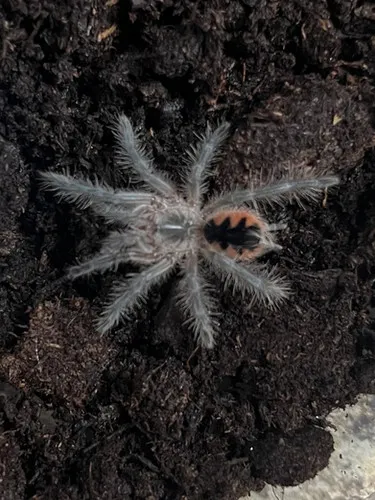
Tarantulas need a constant supply of fresh water to stay hydrated. Provide a shallow water dish in the enclosure. The water dish should be shallow enough to prevent the tarantula from drowning. Fill the water dish with clean, dechlorinated water and change it regularly, at least once a week. You can also mist the enclosure lightly once or twice a week to provide additional moisture, especially during molting. Always ensure the water is clean and fresh to prevent the growth of bacteria.
Handling and Safety Precautions
While Brazilian Pink Bloom Tarantulas are generally considered docile, it’s essential to handle them with caution and respect. Tarantulas can be easily startled, and mishandling can lead to defensive behaviors, including biting or the release of urticating hairs. Understanding the potential risks and practicing safe handling techniques will help you enjoy your pet while minimizing the risk of injury to both you and the tarantula. Always prioritize the tarantula’s well-being and avoid handling them if you are unsure or uncomfortable.
Safe Handling Practices
It’s generally best to avoid handling your Brazilian Pink Bloom Tarantula unless absolutely necessary, such as when cleaning the enclosure or transferring the tarantula to a new habitat. If you must handle it, do so slowly and gently. Approach the tarantula from the side, never from above. Use a soft, wide brush to gently encourage the tarantula onto your hand. Avoid sudden movements or loud noises, as these can startle the tarantula. Always handle the tarantula over a soft surface, such as a bed or a carpet, in case it falls. Always wash your hands thoroughly before and after handling your tarantula to prevent the spread of bacteria or other contaminants.
Identifying and Avoiding Bites
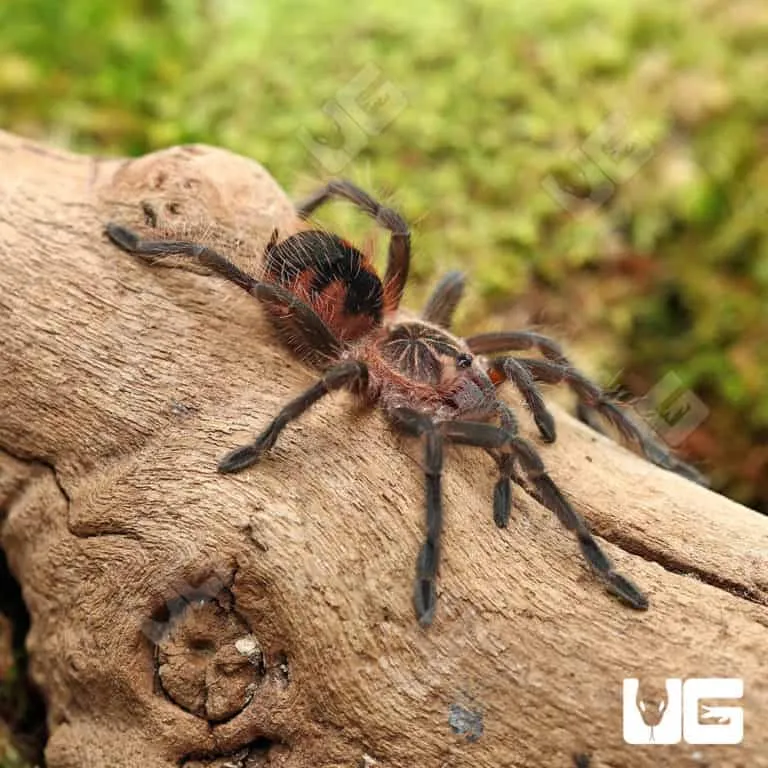
While bites from Brazilian Pink Bloom Tarantulas are not usually life-threatening, they can be painful and cause local swelling and discomfort. Avoid provoking your tarantula. Never put your fingers in front of its fangs. Be aware of the tarantula’s body language. If it raises its front legs or rears back, it may be feeling threatened and could be preparing to bite. If you are bitten, wash the area with soap and water and seek medical attention if the pain is severe or if you experience any allergic reactions. Some tarantulas also have urticating hairs, which can cause skin irritation. Avoid contact with these hairs by being careful during handling and enclosure maintenance.
Signs of a Healthy Tarantula
Recognizing the signs of a healthy tarantula will help you ensure that your pet is thriving. Observe your tarantula regularly to identify any changes in behavior or appearance. A healthy tarantula will be active, alert, and have a good appetite. It will move around its enclosure, explore its surroundings, and exhibit normal behaviors. A healthy tarantula’s abdomen should be plump and rounded. The coloration should be vibrant, and the tarantula should appear well-fed and well-hydrated. Understanding these indicators will help you provide the best care possible.
Molting Process and What to Expect
Molting is a natural process where tarantulas shed their exoskeleton to grow. During molting, your tarantula may become less active, stop eating, and may even turn on its back. Provide a humid environment to aid the molting process. Do not disturb your tarantula during molting. After molting, the tarantula will be vulnerable and its fangs and body will be softer. Avoid feeding the tarantula for a few days after molting to allow its fangs to harden. The discarded exoskeleton is a fascinating reminder of the tarantula’s growth. Molting frequency depends on the age of the tarantula; younger tarantulas molt more often than adults.
Recognizing and Addressing Health Issues
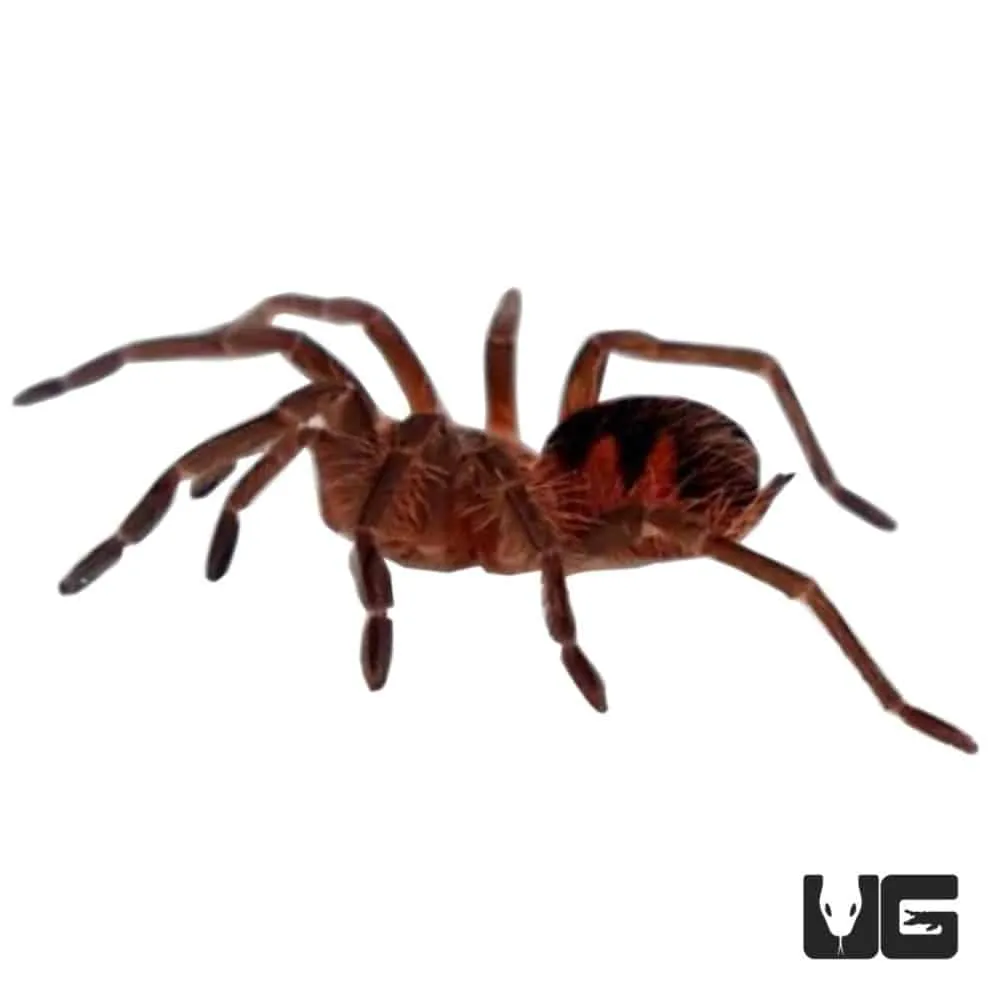
It’s important to be able to recognize signs of illness in your Brazilian Pink Bloom Tarantula. These signs can include lethargy, loss of appetite, abnormal posture, and discoloration of the abdomen. If you notice any of these signs, consult a veterinarian experienced in treating exotic animals. Some common health issues in tarantulas include mites, fungal infections, and injuries. Ensure you maintain a clean enclosure and provide proper ventilation to prevent these problems. Early detection and intervention are critical for successful treatment.
Breeding Your Brazilian Pink Bloom Tarantula
Breeding Brazilian Pink Bloom Tarantulas is a rewarding experience, but it requires careful planning and preparation. It’s essential to have a good understanding of the species’ mating behavior, as well as the proper techniques for handling and caring for the spiderlings. Successful breeding requires patience, a suitable environment, and a commitment to providing the best possible care for both the adult tarantulas and the offspring. This section provides an overview of the key steps involved in breeding this captivating species.
Sexing Your Tarantula
Sexing your tarantula is a crucial step in the breeding process. You can determine the sex of your tarantula by examining its molt. The presence of a spermatheca, a receptacle for storing sperm, indicates a female. Males will have modified pedipalps, called palpal bulbs, used for mating. You can also sometimes sex a tarantula by examining its ventral side, looking for the presence of a slit. However, this method is less reliable than examining the molt. If you are planning to breed your tarantulas, it is important to confirm their sex before proceeding.
Mating and Egg Sac Management
Mating typically involves introducing the male to the female’s enclosure. Monitor the pair carefully, as the female may attack the male. If successful, the female will lay eggs and create an egg sac. The egg sac should be removed from the female’s enclosure after about a month, and you can incubate the egg sac in a separate container. Maintaining the appropriate temperature and humidity is vital for the success of the egg sac. The spiderlings will hatch within a few weeks and will need to be cared for separately. Provide a suitable environment for the spiderlings, including small enclosures, appropriate substrate, and tiny food items like fruit flies.
Common Mistakes to Avoid
Avoiding common mistakes can significantly improve the health and well-being of your Brazilian Pink Bloom Tarantula. Many beginners make errors that can negatively impact their tarantula’s life. Being aware of these mistakes will help you provide the best possible care for your pet and create a thriving environment for it to live in. By staying informed and taking the proper precautions, you can enjoy the unique experience of owning this beautiful and fascinating arachnid.
Overfeeding
Overfeeding is a common mistake that can lead to a variety of health problems, including obesity and difficulty molting. Feed your tarantula the appropriate amount of food based on its age and size. A tarantula that is consistently overfed may not molt properly, and its abdomen can become too large, potentially causing it to rupture. It’s better to slightly underfeed your tarantula than to overfeed it. Monitor your tarantula’s abdomen to ensure it’s not excessively large. Adjust feeding frequency and portion sizes as needed.
Improper Enclosure Setup
An improperly set-up enclosure can lead to a number of problems, including stress, dehydration, and difficulty molting. Ensure that the enclosure is the correct size for your tarantula and that it provides adequate ventilation. Maintain the proper temperature and humidity levels. Use a suitable substrate that retains moisture and allows your tarantula to burrow. Provide appropriate hides and decorations to create a secure and stimulating environment. Regular cleaning and maintenance are also critical for preventing health issues. A well-maintained enclosure is essential for the health and well-being of your tarantula.
